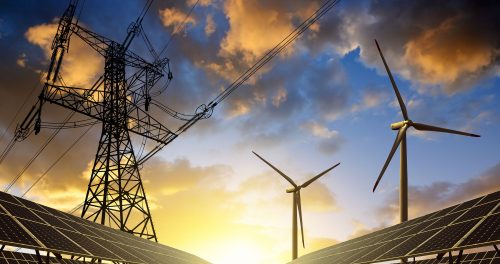
Electricity

Financing Tools for an Equitable Transition to a Clean Economy
Meeting the United States’ NDC target of reducing emissions 50–52 percent below 2005 levels by 2030 will require rapid action from companies, governments, and other entities across the country. These actors must accelerate the retirement and clean replacement of long-lived assets and infrastructure that support carbon-intensive economic activity (or,…
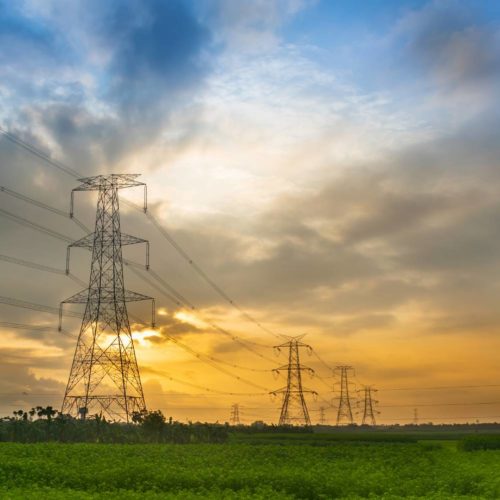
Bringing Batteries to the Helm of Grid Services
India’s electricity market has undergone several changes in recent years. The share of variable renewable energy in the generation mix has increased, the market has seen the consolidation of a single, synchronous national grid, and there has been a heightened emphasis on reliability and stability of system operations.
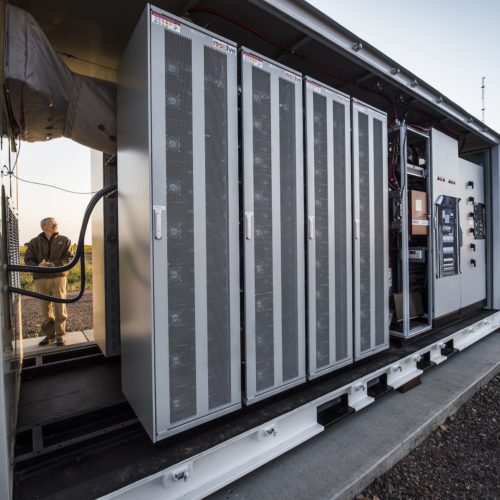
The California Blackout that Wasn’t
People pay a lot of attention when the power goes out, but we tend to not notice when the grid remains stable—even under trying conditions. On June 17 and 18, record heat in California led the state’s grid operator to call on residents to reduce electricity usage through issuing a…
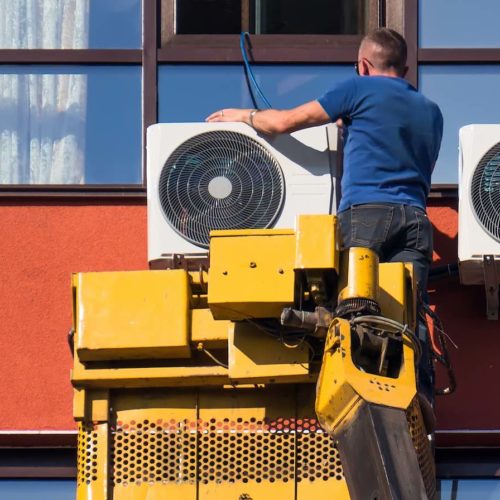
Why High-Efficiency Cooling Is a Climate Priority
The world leaders of the Group of Seven, better known as G7, released a long communique following their recent meeting in Cornwall, detailing their plans to address the COVID-19 pandemic and “build back better.” In a departure from the previous G7 meeting in 2019, which ended with a…
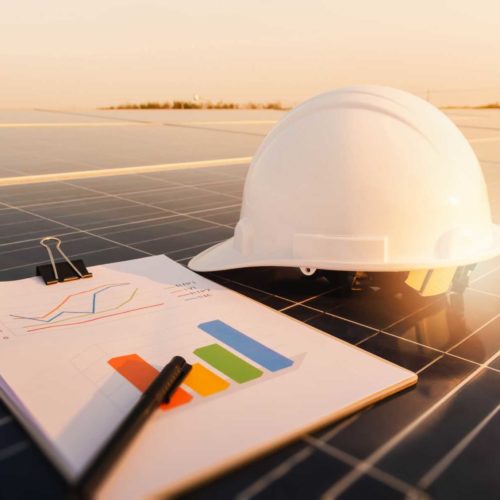
Simple Tax Changes Can Unleash Clean Energy Deployment
According to the latest US government inventory, solar will account for 39 percent of the electric generation capacity added in 2021, and wind will constitute a further 31 percent. With current technology costs and policy incentives, renewables are now unquestionably the cheapest generation assets to build and operate.